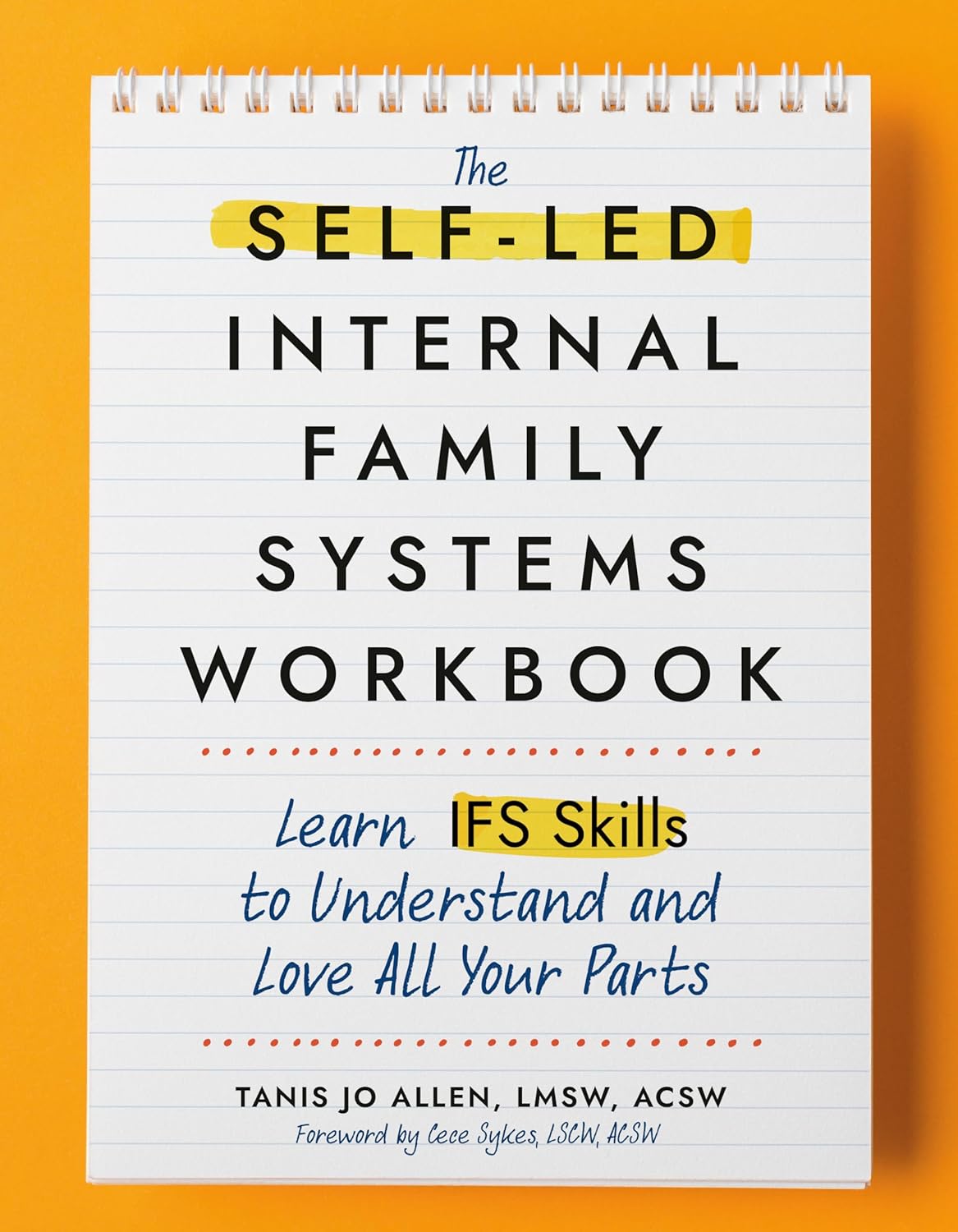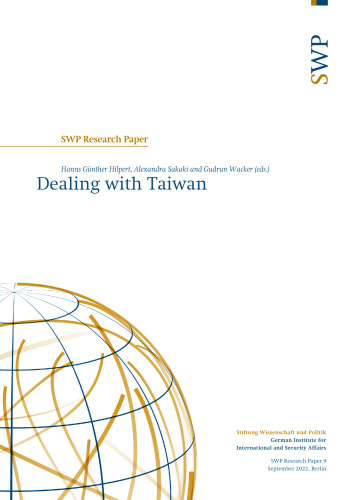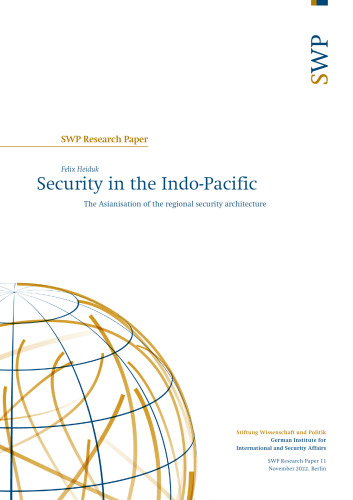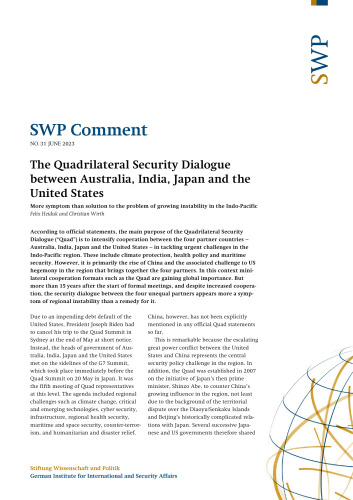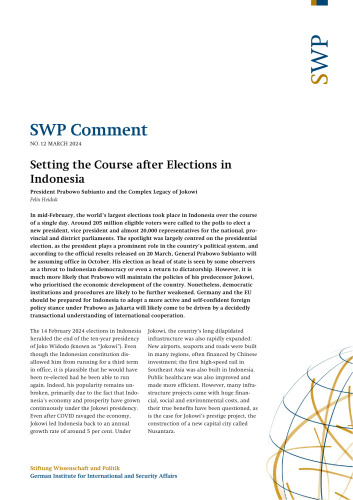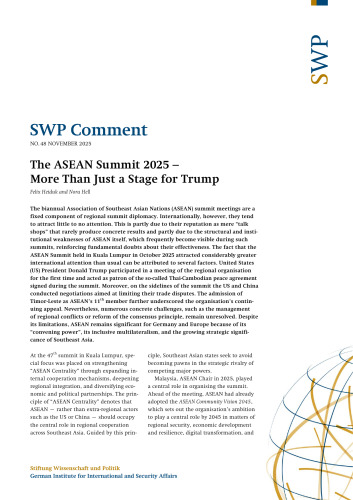Module I provides an overview on university-community engagement (UCE). It explains how universities disseminate the concept of community engagement to the wider world. The different categories and levels of community engagement are elaborated in this module. UCE frameworks are discussed to provide general overview of how higher education institutions (HEIs) can adapt in their effort to transform communities. Module II explains the why of implementing community engagement in HEIs. The topics covered include the rationale for HEIs to adopt community engagement as a part of their agenda; the model framework and role of volunteerism in community engagement; and leadership development in community engagement. To ensure that the stakeholders in the ecosystem of the nation accept community engagement as an important part of education, the benefits of community engagement to everyone and the nation are discussed.Module III focuses on the implementation of UCE. The process flow of UCE is introduced at the beginning of the module. It covers three major phases: (i) initiation of community engagement plan, (ii) design and implementation of community engagement, and (iii) evaluation and reporting of community engagement. The workshop modules will engage all HEIs to review, understand and implement best practices in UCE activities/projects to benefit various thrust areas. It can also bridge various stakeholders including MOHE, MOE, AKEPT, IPPTN and APUCEN. Thus, it is crucial for everyone to join force in establishing a national framework and best practices for the country to provide a systematic, sustainable, engaging and inclusive approach for community engagement.
چکیده فارسی
ماژول I یک نمای کلی در مورد تعامل دانشگاه با جامعه (UCE) ارائه می دهد. این توضیح می دهد که چگونه دانشگاه ها مفهوم مشارکت جامعه را در جهان گسترده تر منتشر می کنند. مقوله ها و سطوح مختلف مشارکت جامعه در این ماژول توضیح داده شده است. چارچوبهای UCE مورد بحث قرار میگیرند تا یک نمای کلی از نحوه انطباق موسسات آموزش عالی (HEI) در تلاش خود برای تغییر جوامع ارائه دهند. ماژول دوم چرایی اجرای مشارکت جامعه در HEI را توضیح می دهد. موضوعات تحت پوشش شامل منطق مؤسسات آموزش عالی برای اتخاذ مشارکت اجتماعی به عنوان بخشی از دستور کار خود است. چارچوب مدل و نقش داوطلبی در مشارکت جامعه؛ و توسعه رهبری در مشارکت جامعه. برای اطمینان از اینکه ذینفعان در اکوسیستم کشور مشارکت جامعه را به عنوان بخش مهمی از آموزش می پذیرند، مزایای مشارکت جامعه برای همه و ملت مورد بحث قرار می گیرد. ماژول III بر اجرای UCE تمرکز دارد. جریان فرآیند UCE در ابتدای ماژول معرفی شده است. این سه مرحله اصلی را پوشش می دهد: (1) شروع طرح مشارکت جامعه، (2) طراحی و اجرای مشارکت جامعه، و (iii) ارزیابی و گزارش مشارکت جامعه. ماژول های کارگاه همه HEI را درگیر بررسی، درک و اجرای بهترین شیوه ها در فعالیت ها/پروژه های UCE برای بهره مندی از حوزه های مختلف رانش می کند. همچنین می تواند با ذینفعان مختلف از جمله MOHE، MOE، AKEPT، IPPTN و APUCEN پل ارتباط دهد. بنابراین، برای همه ضروری است که در ایجاد چارچوب ملی و بهترین شیوه ها برای کشور به نیرو بپیوندند تا رویکردی سیستماتیک، پایدار، جذاب و فراگیر برای مشارکت جامعه ارائه دهند.
ادامه ...
بستن ...


